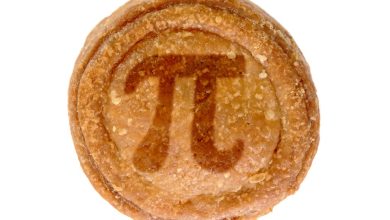
Python is a versatile and powerful programming language that is widely used for various applications such as web development, data analysis, and automation. One of the key features of Python is its built-in functions, which make it easy to perform complex operations with just a few lines of code. One such function is the map function, which is used to apply a function to each element in an iterable object, such as a list or a tuple.
The map function takes two arguments: a function and an iterable object. The function is applied to each element in the iterable object, and the result is returned as a new iterable object. This can be particularly useful when you need to perform the same operation on multiple elements in a list or when you want to transform one data structure into another.
For example, let’s say you have a list of numbers and you want to square each number in the list. Instead of writing a loop to iterate over each element in the list and calculate the square, you can use the map function to apply the squaring function to each element in the list in a more concise and readable way. Here’s an example:
“` python
numbers = [1, 2, 3, 4, 5]
squared_numbers = list(map(lambda x: x**2, numbers))
print(squared_numbers)
“`
In this example, the lambda function `lambda x: x**2` is applied to each element in the `numbers` list using the map function. The result is a new list called `squared_numbers` containing the squared values of the original numbers list.
The map function can also be used with multiple iterable objects. In this case, the function should take as many arguments as there are iterable objects, and the map function will apply the function to pairs of elements from each iterable object. For example:
“` python
numbers1 = [1, 2, 3, 4, 5]
numbers2 = [6, 7, 8, 9, 10]
sum_numbers = list(map(lambda x, y: x + y, numbers1, numbers2))
print(sum_numbers)
“`
In this example, the lambda function `lambda x, y: x + y` takes two arguments and adds them together. The map function applies this function to pairs of elements from `numbers1` and `numbers2`, resulting in a new list called `sum_numbers` containing the sum of corresponding elements from both lists.
It’s important to note that the map function returns a map object, which is an iterable object. If you want to convert it to a list, you can use the `list()` function as shown in the examples above.
In conclusion, the map function in Python is a powerful tool for applying a function to each element in an iterable object. It can help simplify your code and make it more readable by eliminating the need for loops and manual iteration. By understanding how the map function works and how to use it effectively, you can take advantage of its functionality to streamline your programming tasks and improve your overall coding efficiency.






